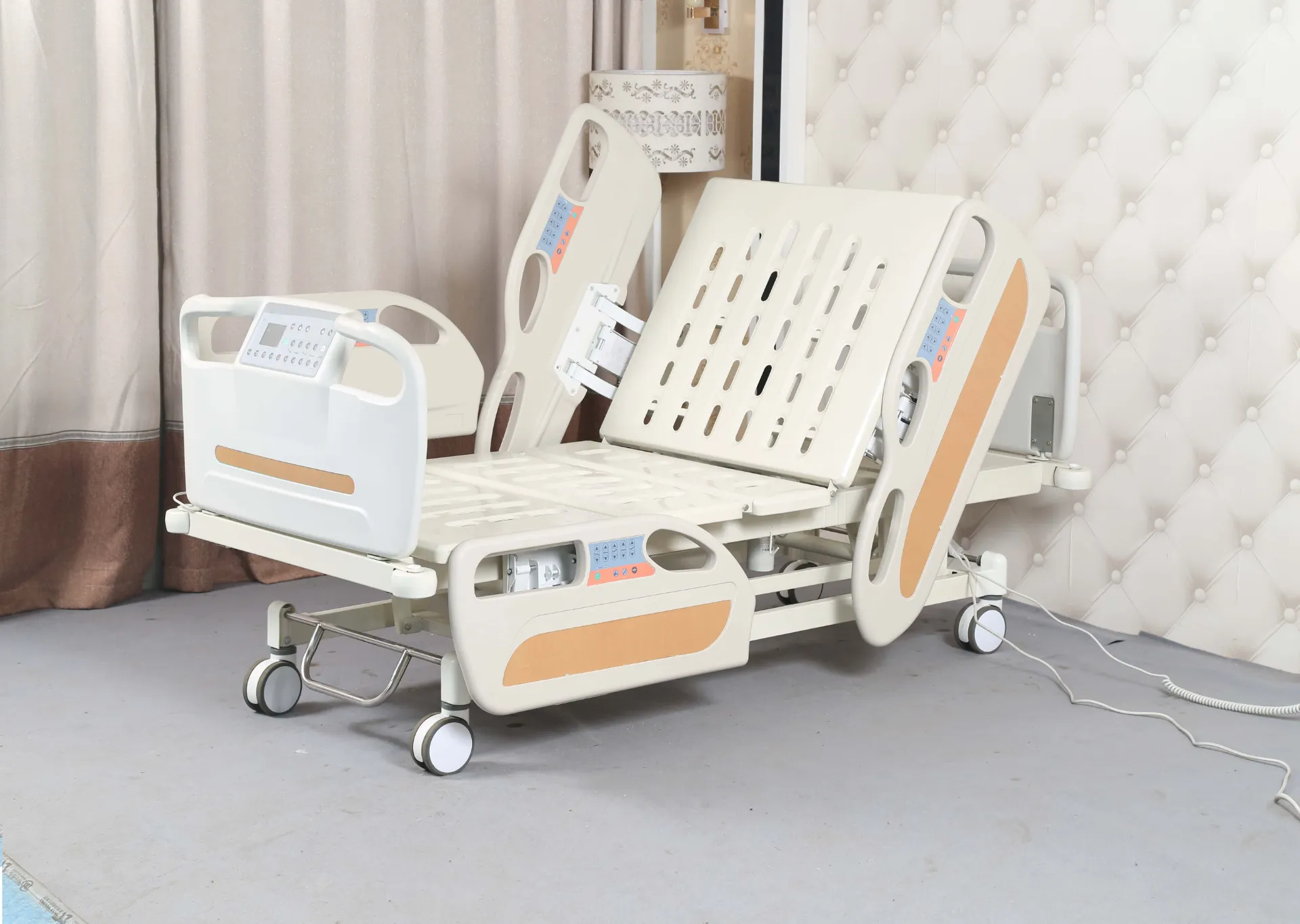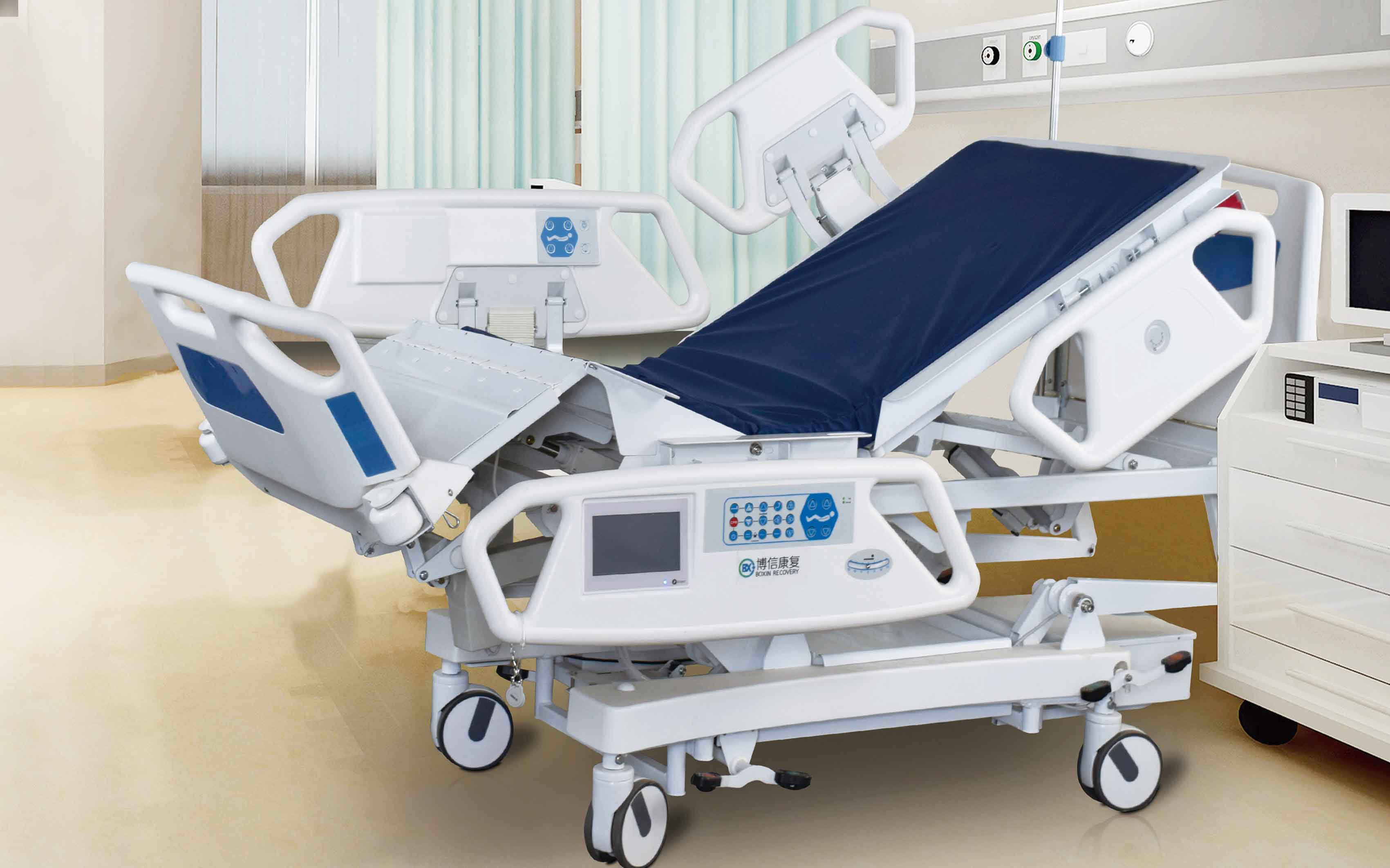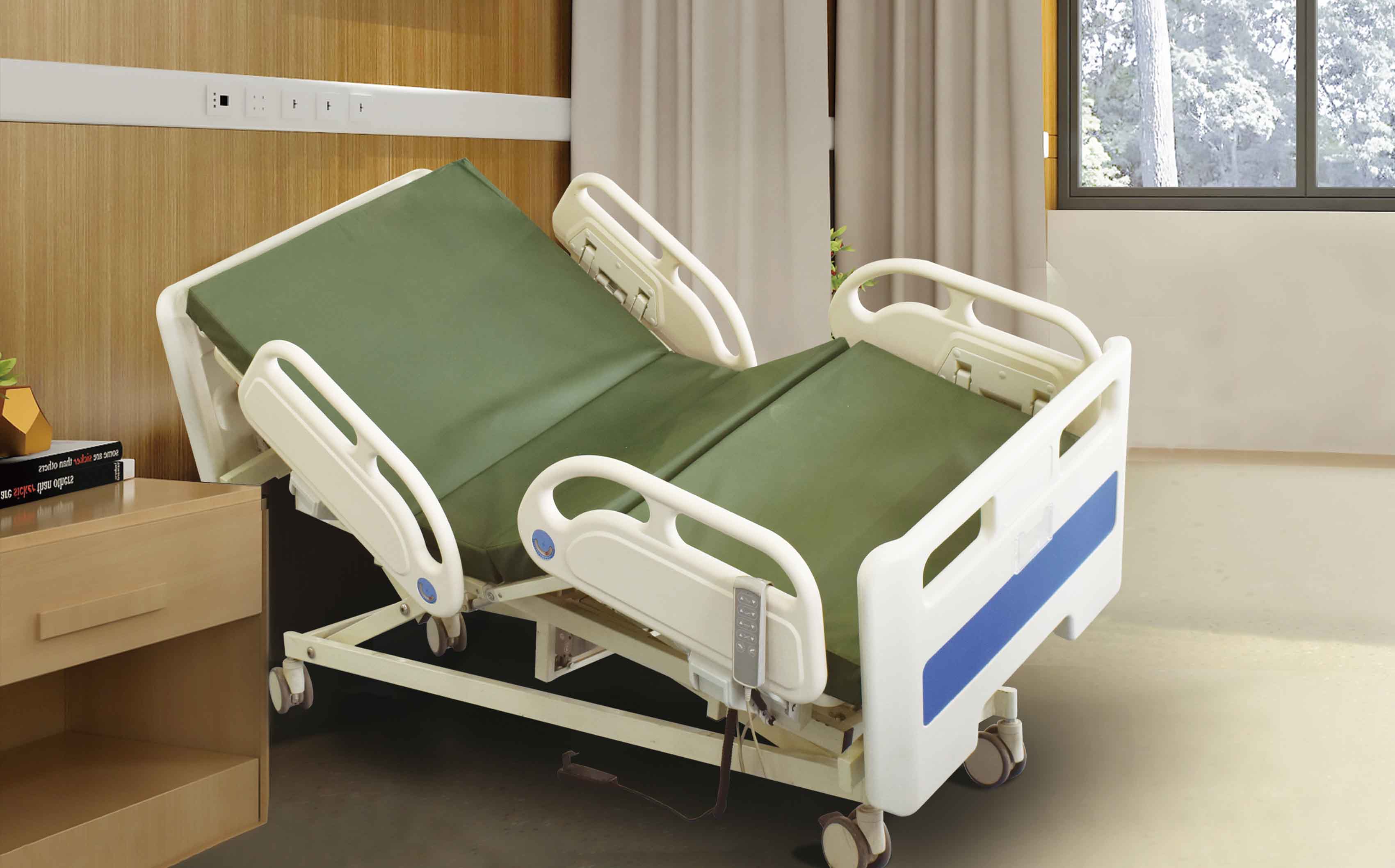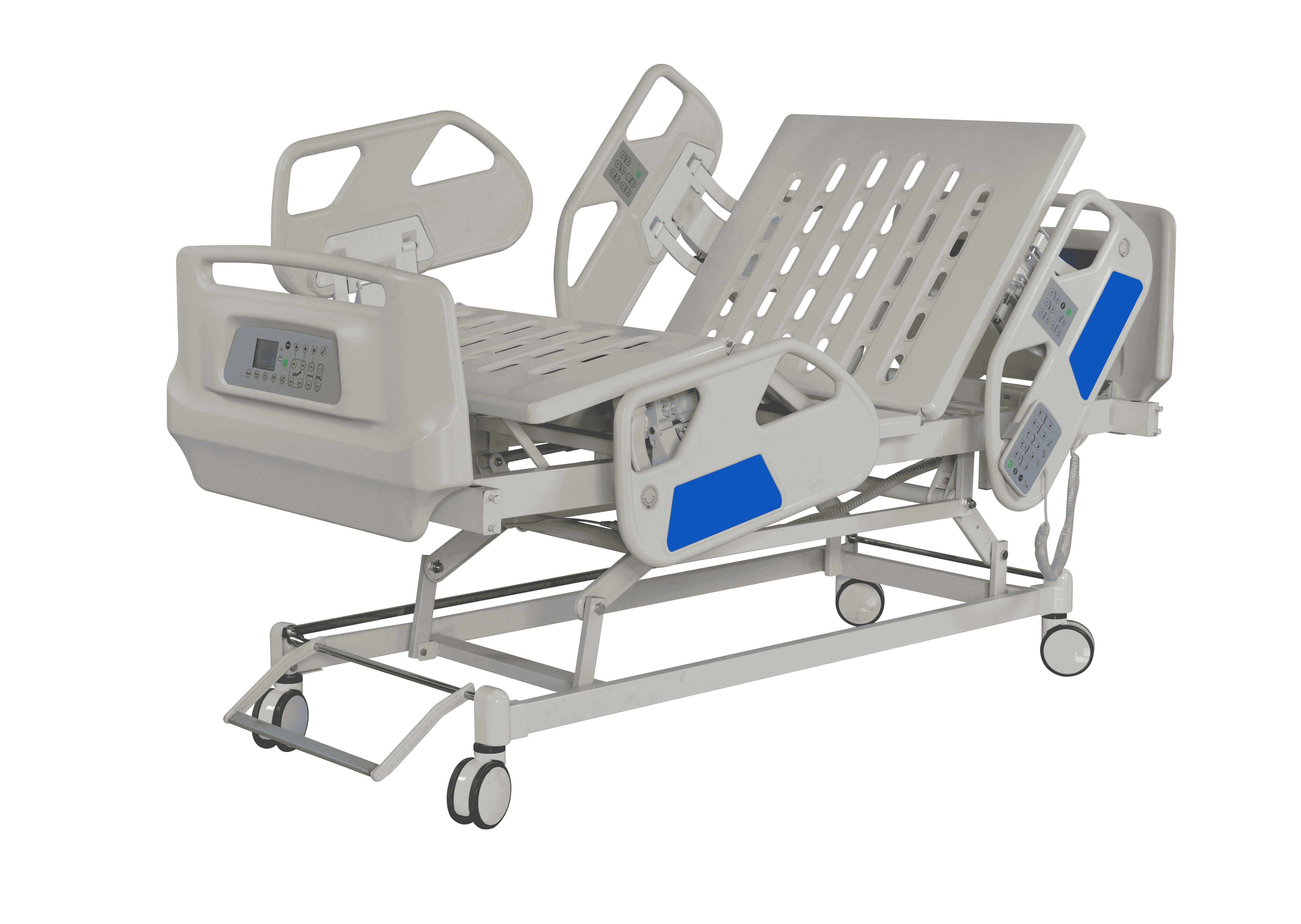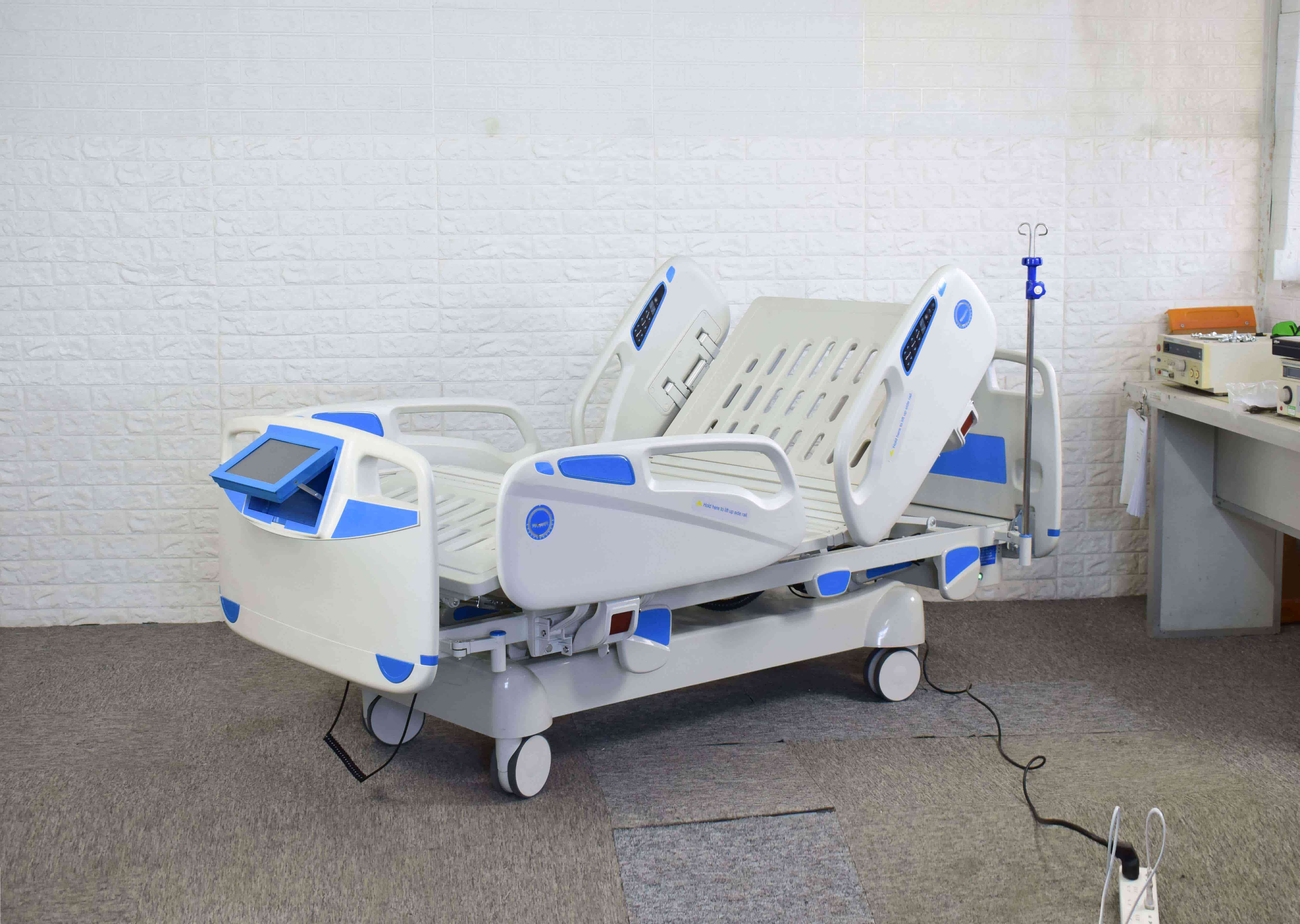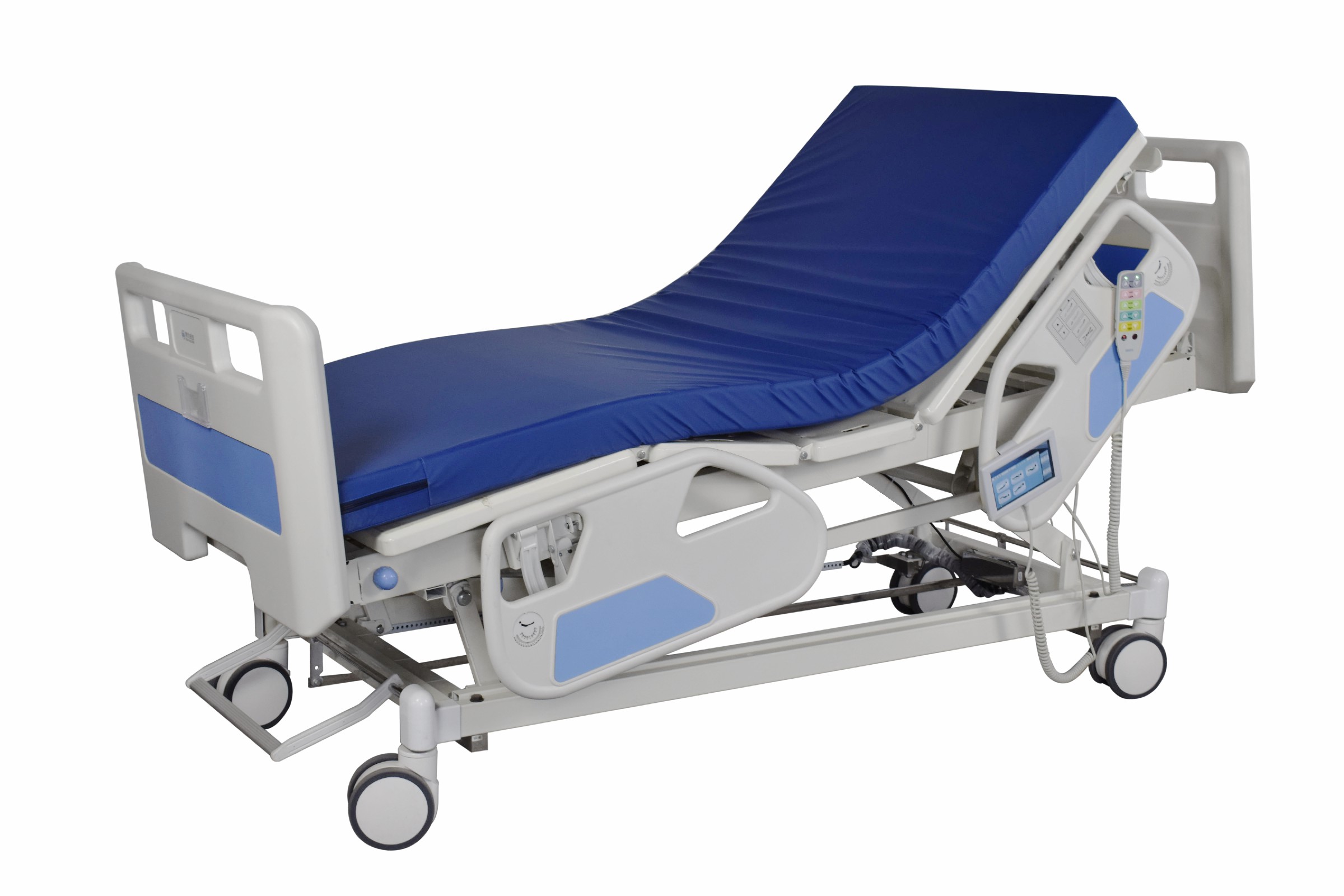Welcome to our websites!
Premium Manual Adjustable Bed - Comfort Care Solution | Mattress Options
Introduction to Manual Beds in Modern Healthcare
The healthcare industry continues to evolve, yet manual beds remain essential in many care settings. As highlighted in the Journal of Medical Equipment Trends, manual beds continue to account for approximately 42% of hospital bed installations globally, particularly in areas with limited resources or in long-term care facilities where power reliability is a concern.
Modern manual beds have evolved significantly from their predecessors. Today's models incorporate ergonomic designs, enhanced mobility features, and compatibility with various therapeutic mattresses. The combination of a high-quality manual bed with an appropriate therapeutic mattress can dramatically improve patient outcomes and reduce pressure injuries.
For healthcare providers considering procurement options, mattress delivery services and innovative packaging solutions like mattress in a box systems offer convenience and cost-effectiveness.
Premier Manual Bed Manufacturer
Hebei Boxin Recovery Equipment Co., Ltd. specializes in medical equipment solutions including our flagship 2-crank manual bed
Technical Specifications of Modern Manual Beds
The technical parameters of manual beds have advanced substantially to meet diverse patient needs. According to Healthcare Product Insights, contemporary manual beds incorporate features that were previously only available in automatic ICU bed systems.
Key Technical Parameters
| Parameter | Entry-Level | Mid-Range | Premium Models |
|---|---|---|---|
| Weight Capacity | 300 lbs (136 kg) | 450 lbs (204 kg) | 550 lbs (250 kg) |
| Adjustment Positions | Backrest elevation only | Backrest and knee break | 3-segment (back, thigh, leg) |
| Height Adjustment Range | 18"-24" | 15"-27" | 12"-30" |
| Frame Material | Stainless steel | Carbon steel with powder coating | Medical-grade aluminum alloy |
| Wheel System | 4 standard casters | 4 swivel casters with brakes | Double wheel casters with central braking |
| Mattress Compatibility | Standard foam mattresses | Low air loss systems | All therapeutic mattresses |
| Recommended Mattress | Standard foam options | Top 10 mattresses for comfort | Advanced pressure relief systems |
Manual Bed Technology Trends
The evolution of manual beds has focused on improving caregiver ergonomics while maintaining reliability. According to Medical Equipment Review (2023), manufacturers are increasingly incorporating features such as dual-crank systems and low-effort mechanisms that reduce adjustment force by 40-60% compared to traditional models.
Featured Product: Sale 2 Cranks Manual Hospital Bed
Hebei Boxin Recovery Equipment Co., Ltd. offers the premium 2-crank manual hospital bed with caster wheels. This model represents the perfect balance of affordability, durability, and functionality.

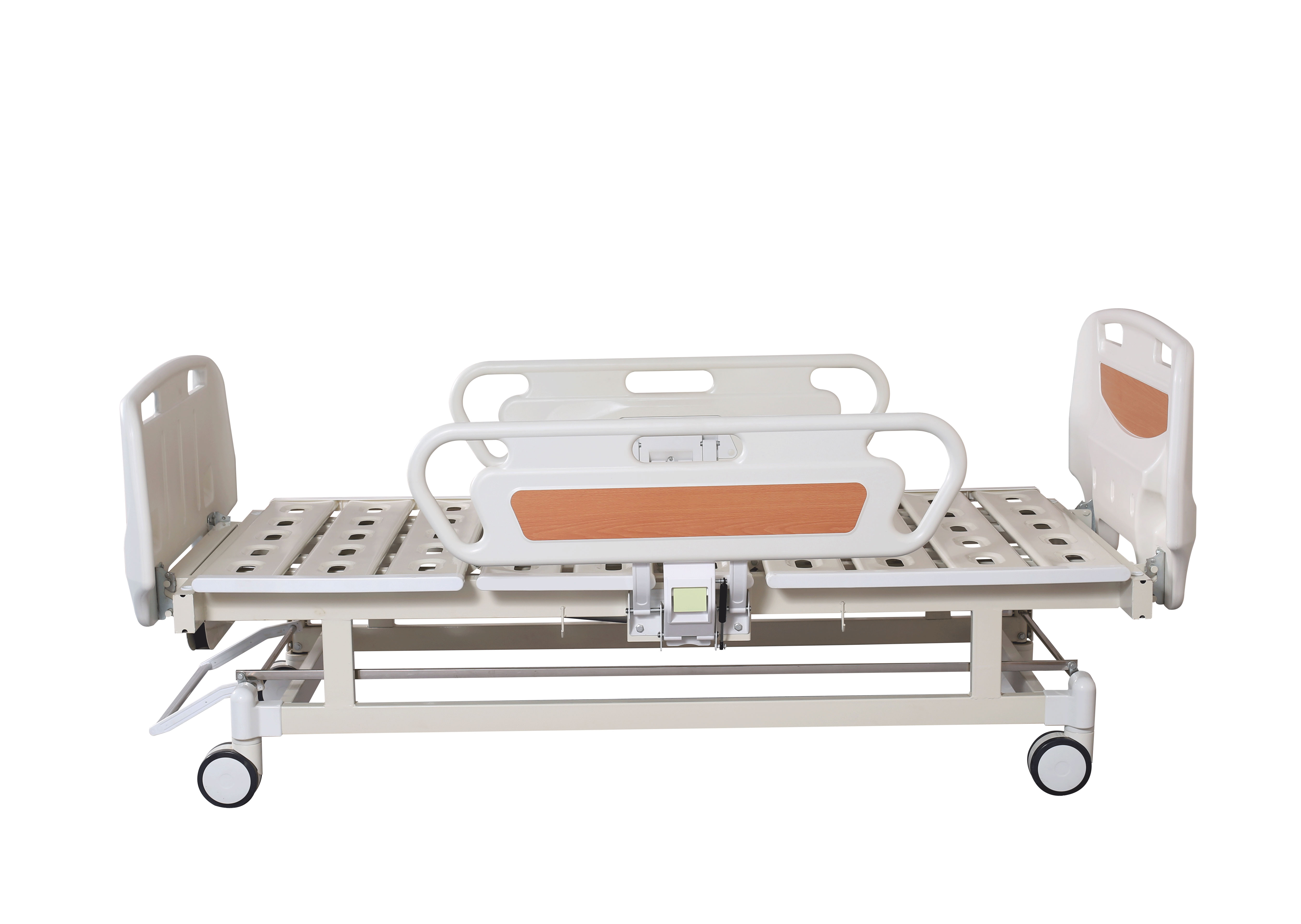


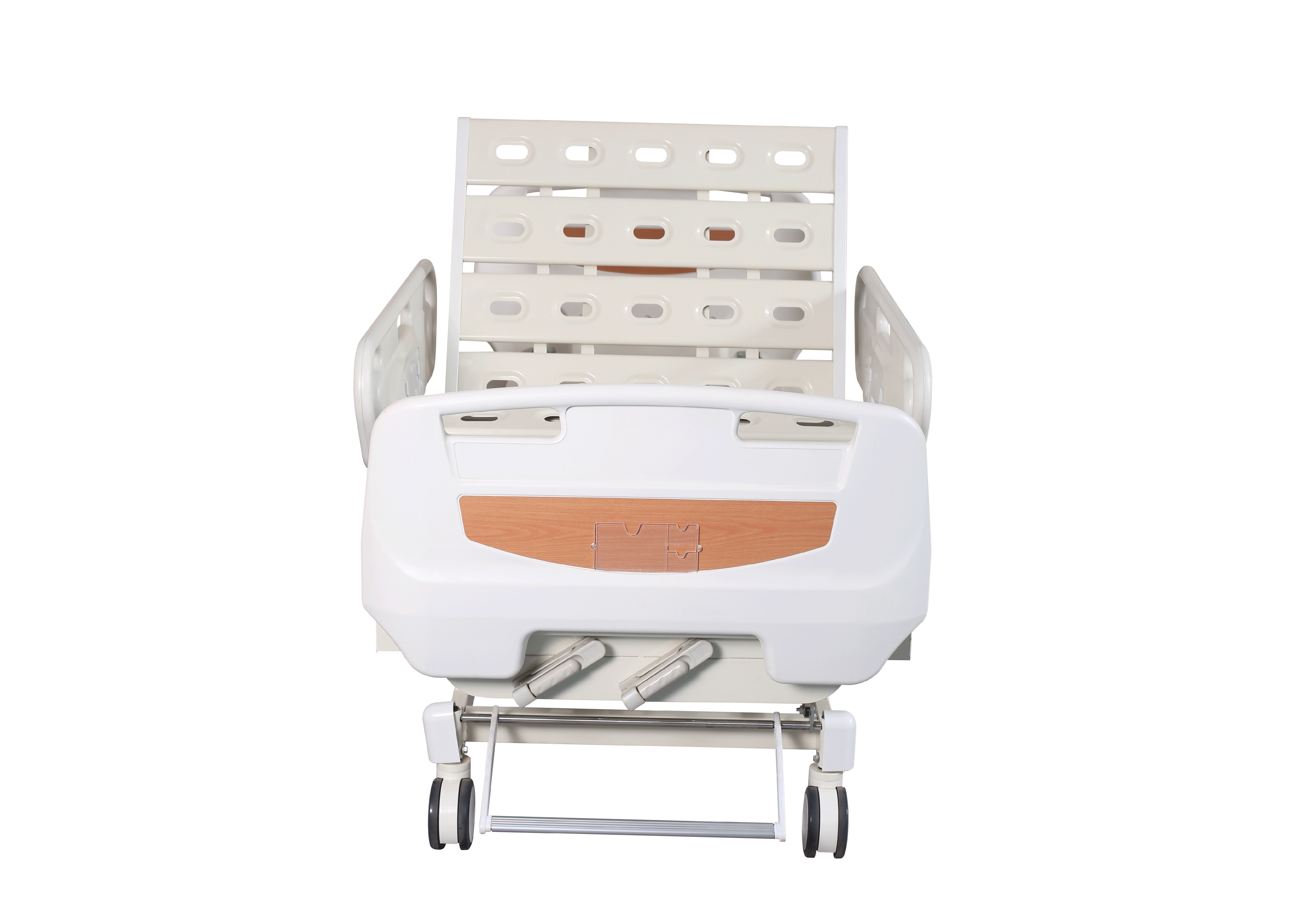

Key Features:
- Dual crank system for effortless adjustment
- Heavy-duty caster wheels with central locking mechanism
- Three-segment manual adjustment (back, thigh, leg)
- Height adjustment from 16" to 26"
- Reinforced frame with 500 lb weight capacity
- Compatible with all standard hospital mattresses
For comprehensive solutions, we also provide mattress delivery services including popular mattress in a box options that combine convenience with therapeutic support.
Explore our manual bed solutions to enhance patient care while controlling costs.
Applications and Comparative Analysis
The applications for manual beds continue to expand as healthcare becomes more decentralized. While automatic ICU bed systems are essential for critical care environments, manual beds remain the preferred solution for numerous settings.
Primary Application Areas:
- Long-Term Care Facilities: Manual beds provide reliability and lower maintenance in nursing homes and assisted living.
- Home Healthcare: Their mechanical simplicity makes them ideal for home use, avoiding electrical dependence.
- Field Hospitals: In areas with limited infrastructure, manual beds provide core functionality without power requirements.
- General Wards: For patients without critical care needs, manual beds offer an efficient solution.
Comparative Analysis: Manual vs. Automatic Beds
According to Global Hospital Equipment Review, the selection between manual and automatic beds involves multiple considerations:
| Factor | Manual Bed | Automatic ICU Bed |
|---|---|---|
| Initial Cost | $300-$800 | $2,500-$12,000+ |
| Operating Cost (5 yrs) | Low maintenance | High (electrical components) |
| Durability | Excellent | Varied (electronic components fail) |
| Power Dependency | None | Critical |
| Adjustment Mechanism | Manual cranks | Electric motors |
| Special Functions | Basic positioning | CPR, trendelenburg, etc. |
| Patient Capabilities | Patient assistance required | Independent adjustment possible |
Professional FAQ: Manual Bed Specifications
Medical-grade steel (typically 1.5-2mm gauge) with powder coating offers the best combination of strength and corrosion resistance. Aluminum alloys are preferred for lightweight applications but have lower weight capacities.
International standard ISO 60601-2-38 specifies critical dimensions including minimum length (77"/195cm), width (33"/84cm), and height adjustment range (12"-30"). Side rail requirements and securement points are also defined.
Therapeutic mattresses must match bed dimensions and support structure. Incompatible mattresses can compromise adjustment mechanisms. Our top 10 mattresses guide pairs optimal sleep surfaces with bed frames.
Ergonomics guidelines recommend adjustment mechanisms requiring less than 15 lbs (6.8kg) of force. Our dual-crank system requires just 8-10 lbs force even at maximum capacity, reducing caregiver strain.
Critical certifications include ISO 13485 (quality management), ISO 60601-1 (electrical safety), IEC 60601-1-11 (home healthcare), and regional certifications like FDA 510(k) or CE marking.
Caster systems require dual-wheel configurations with central braking for stability. Minimum 2.5" wheel diameter is recommended with lockable swivel mechanism allowing precise movement.
Monthly inspection should check: crank mechanism lubrication (food-grade silicone), bolt torque (16-18 ft/lbs), brake functionality, and frame alignment. Full mechanism service every 2 years.
Industry Perspectives and References
The manual bed market continues to evolve with technological enhancements. As noted in the Journal of Medical Equipment Design: "Manual systems are undergoing a quiet revolution. Today's manual beds incorporate user-centered design principles that dramatically improve caregiver ergonomics while maintaining mechanical simplicity."
Healthcare Purchasing News highlighted the cost-benefit analysis: "For non-critical applications, well-designed manual beds provide operational cost savings of 60-75% over ten years compared to electric models when accounting for acquisition cost, maintenance, and replacement parts."
Key Industry Research References:
- Global Hospital Bed Market Analysis 2023-2030. Healthcare Market Reports. https://healthcaremarketreports.com/hospital-beds-2023
- Ergonomic Assessment of Manual Patient Handling. Journal of Nursing Safety. 2022; 17(4): 28-41. https://jnsafety.org/articles/ergonomic-handling
- Design Innovations in Mechanical Medical Equipment. Medical Engineering International. 2023; 44(2): 110-125. https://medengint.org/innovations-2023
- Home Healthcare Equipment Durability Standards. ISO Bulletin #104. 2022. https://iso.org/bulletin-104
- Patient Mobility Equipment Selection Guide. American Caregiver Association. https://americancaregiver.org/mobility-guide
Interested in Our Manual Bed Solutions?
Contact Hebei Boxin Recovery Equipment Co., Ltd. for premium manual beds and mattress delivery services.
-
Transforming Healthcare with Hospital FurnitureNewsJun.24,2025
-
Rehabilitation EquipmentNewsJun.24,2025
-
Mobility and Independence with WheelchairsNewsJun.24,2025
-
Freedom of Mobility with Our Rollator WalkersNewsJun.24,2025
-
Comfort and Independence with Commode ChairsNewsJun.24,2025
-
Bathing Safety and Independence with Shower ChairsNewsJun.24,2025
-
Navigating the Wholesale Landscape of Electric Mobility Solutions: Key Considerations for Power Wheelchair DealersNewsJun.10,2025


